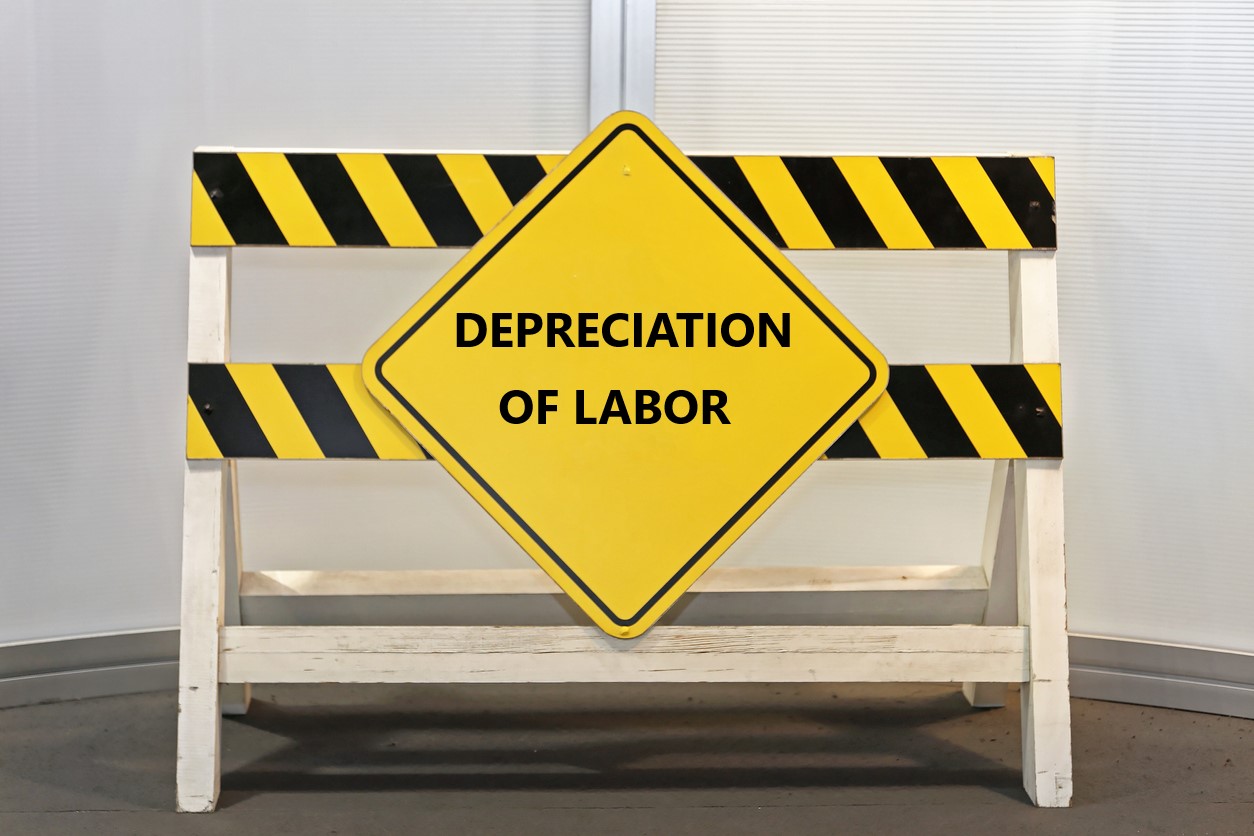The topic of depreciation and the sub-topic of labor depreciation has generated a number of discussions on LinkedIn lately. To fully appreciate the complexity of the topic, one has to fully study and understand all the various views, including historical views, about actual cash value and indemnity. The only reason depreciation becomes an issue is because of actual cash value. One has to understand actual cash value in terms of replacement versus repair and in terms of real property versus personal property. Just one of my many posts on this topic, which I deeply analyzed last year, Does a Structure Have a Market Value? Arriving at Actual Cash Value In Partial Loss Situations Before Replacement Cost Policies Existed, should be a warning to those who want to express an opinion about the topic without further explaining that the topic is complex, depends on a number of circumstances and is begging for more than one simple rule:
The principle of indemnity has been a pivotal topic in insurance cases and treatises, especially in discussions about the meaning of ‘actual cash value’ in policies before the emergence of what are commonly referred to as so called ‘replacement cost’ policies, which dominate the market today. The term ‘so-called’ is deliberately used here to underscore a key aspect of most replacement cost policies: they typically pay only the actual cash value until the actual replacement occurs. This is highlighted in the paper, The Indemnity Principle: From a Financial to a Functional Paradigm, which delves into the historical inadequacies of actual cash value policies in fulfilling policyholders’ needs. It underscores the necessity for a new kind of insurance product, one that guarantees sufficient funds to cover the full cost of replacement or repair as needed.
One example is the thoughtful LinkedIn post by William Auten, who holds the coveted CPCU designation from the Institutes. He stated:
I often bring up the example of a standalone appliance like a washer or dryer. The depreciation that would be applied to such an item does not separate the depreciation of the labor to create that manufactured item from the materials. It is commonly understood that a washer or dryer will last a certain period of time and that as time passes, it will logically become less valuable due to wear and tear and possibly obsolescence. There’s no effort to distinguish between the labor put into creating that item and the materials.
Auten’s example is important. The component materials of personal property usually have labor depreciated. I would suggest that’s because it is nearly impossible to determine the labor cost—the cost accounting data of the manufacture, which could demonstrate the amount of material, labor, and other expense burdens to make the component part, is not accessible to any adjuster. Thus, from the consumer’s standpoint, the component labor cost cannot be separated from the whole. However, this is not true with many other issues of labor involving damaged property, where the labor burden is easily and routinely determined if not fought about by adjusters and policyholders.
Let’s consider Auten’s washer and dryer example one step further:
Should one depreciate the setup cost? Should the pure labor cost to move the washer or dryer to the place it is installed be depreciated? First, many insurers wrongly fail to include this cost in the loss, but that is another story. Second, they fail to tell policyholders to include any assembly, delivery or setup costs. All good adjusters acting in good faith should make certain all those costs are explained to the policyholder as benefits under the policy and included. The only written public warning about this issue known to me, which typically adds 7-12% to the personal property loss, is by FEMA in the National Flood Adjustment Manual.
Assuming insurers properly include just the setup cost and we leave assembly out of the issue, what is the argument for depreciating that labor cost? It has nothing to do with wear or tear. That labor is not becoming obsolete. So, why depreciate that labor cost to set up the washer or dryer?
The reason why William Auten’s post is so refreshingly thoughtful is because he notes that not all costs should be depreciated:
There are, of course, exceptions to certain building trades or building construction activities that would not be subject to depreciation as they are actually labor-only items. This would include something like demolition costs, for example. I can’t find a way to rationally argue that this should be depreciated in a building damage estimate. There are other labor-only components of building repair that may take place that should not be depreciated as well.
I am of the opinion that the labor costs, if they can be separated and quantified, should not be depreciated. However, I respect that others who thoughtfully study this topic, like William Auten, may have a different opinion. Those who have a separate opinion from mine and still acknowledge that depreciating labor of assembled property may not have all costs depreciated are true students of this complex adjustment issue.
I also want to urge policyholders to avoid all this mess by purchasing insurance, which pays for replacement costs right away. While some carriers, like Chubb, do this on residential policies in their primary form, most insurers offer the immediate payment of replacement cost coverage as an endorsement. Many insurance agents fail to mention that this additional coverage—which avoids a lot of claims heartache and hassle after a loss occurs—is available.
Thought For The Day
You never really understand a person until you consider things from his point of view… Until you climb into his skin and walk around in it.
—Harper Lee (from To Kill a Mockingbird)




